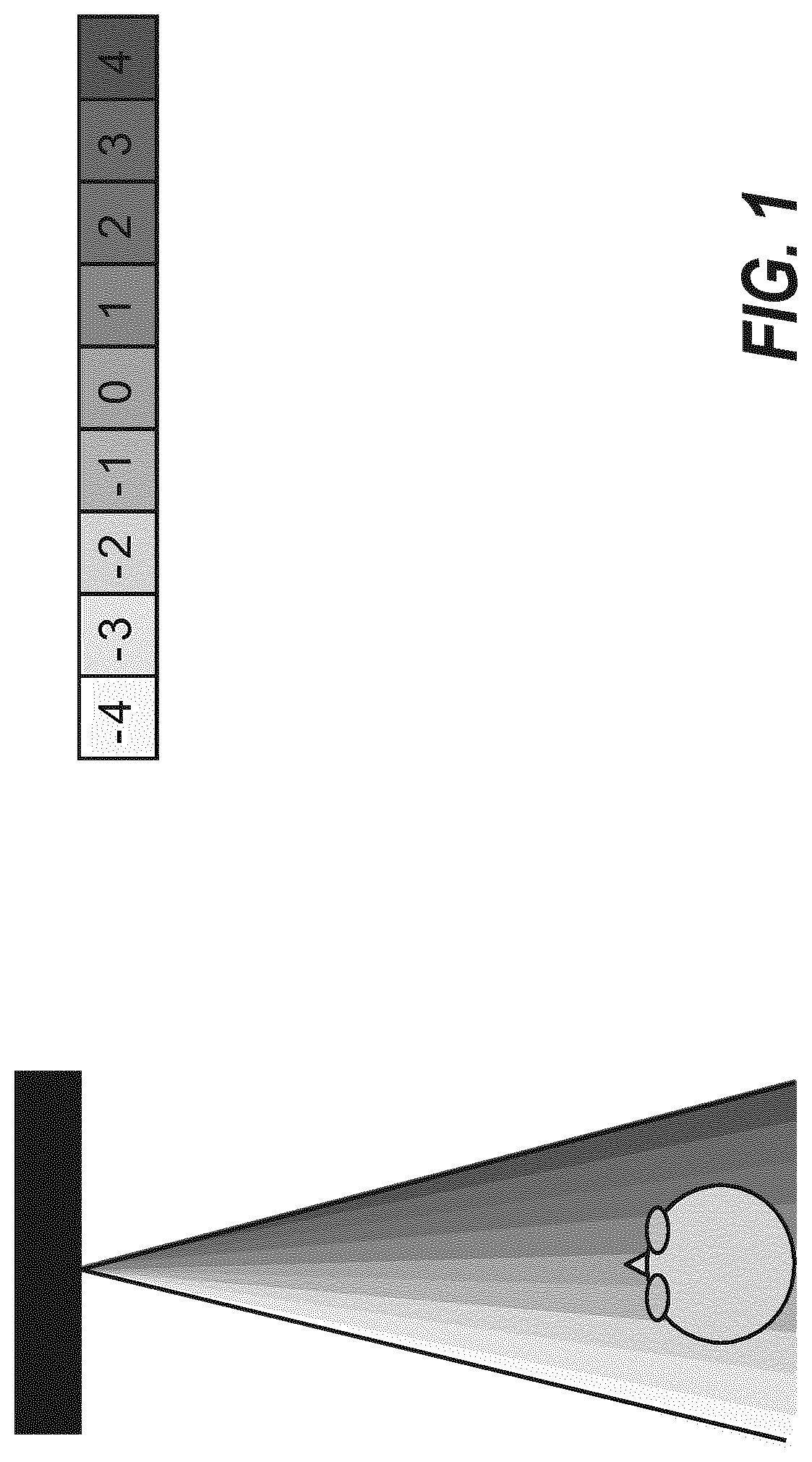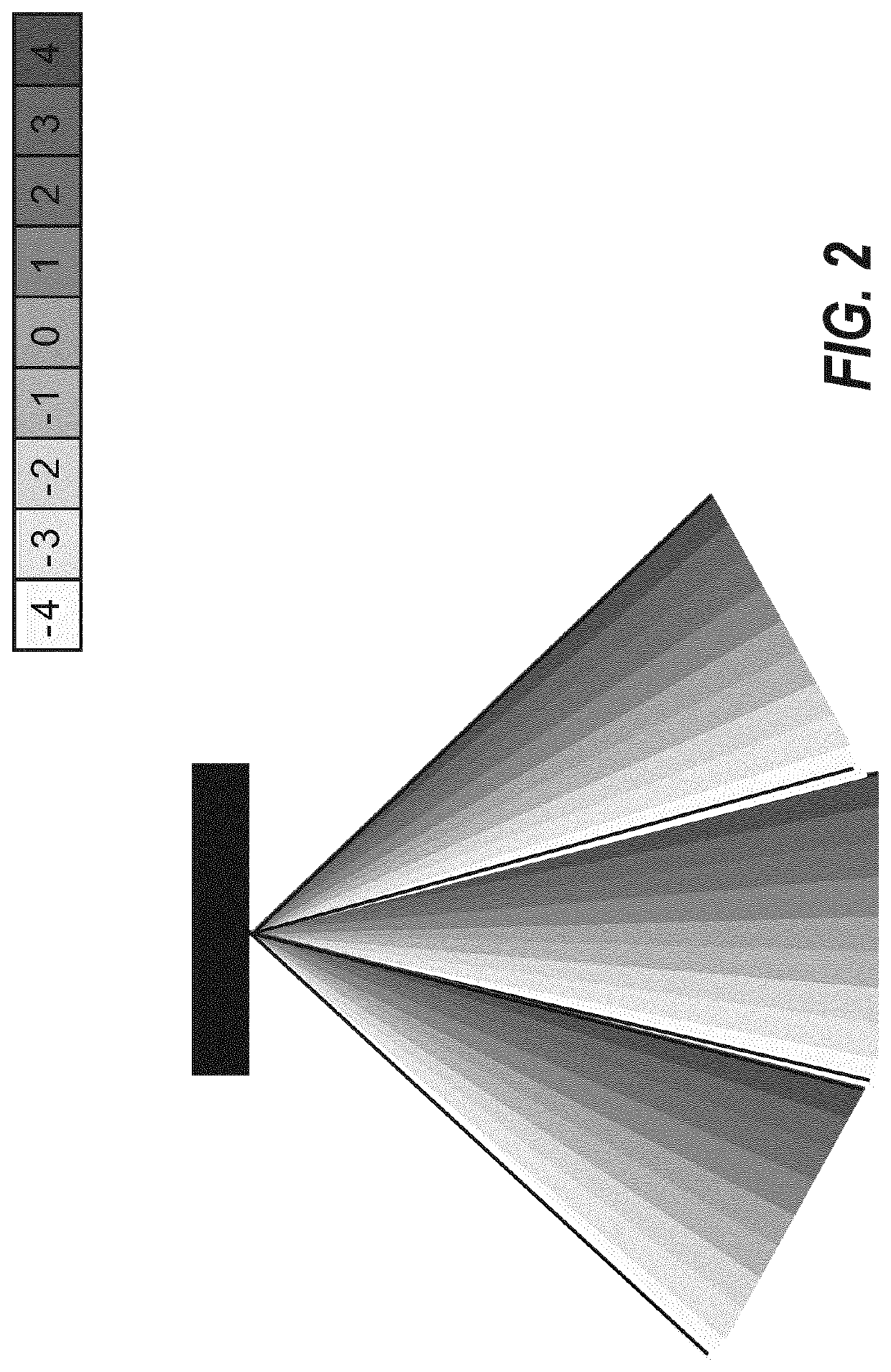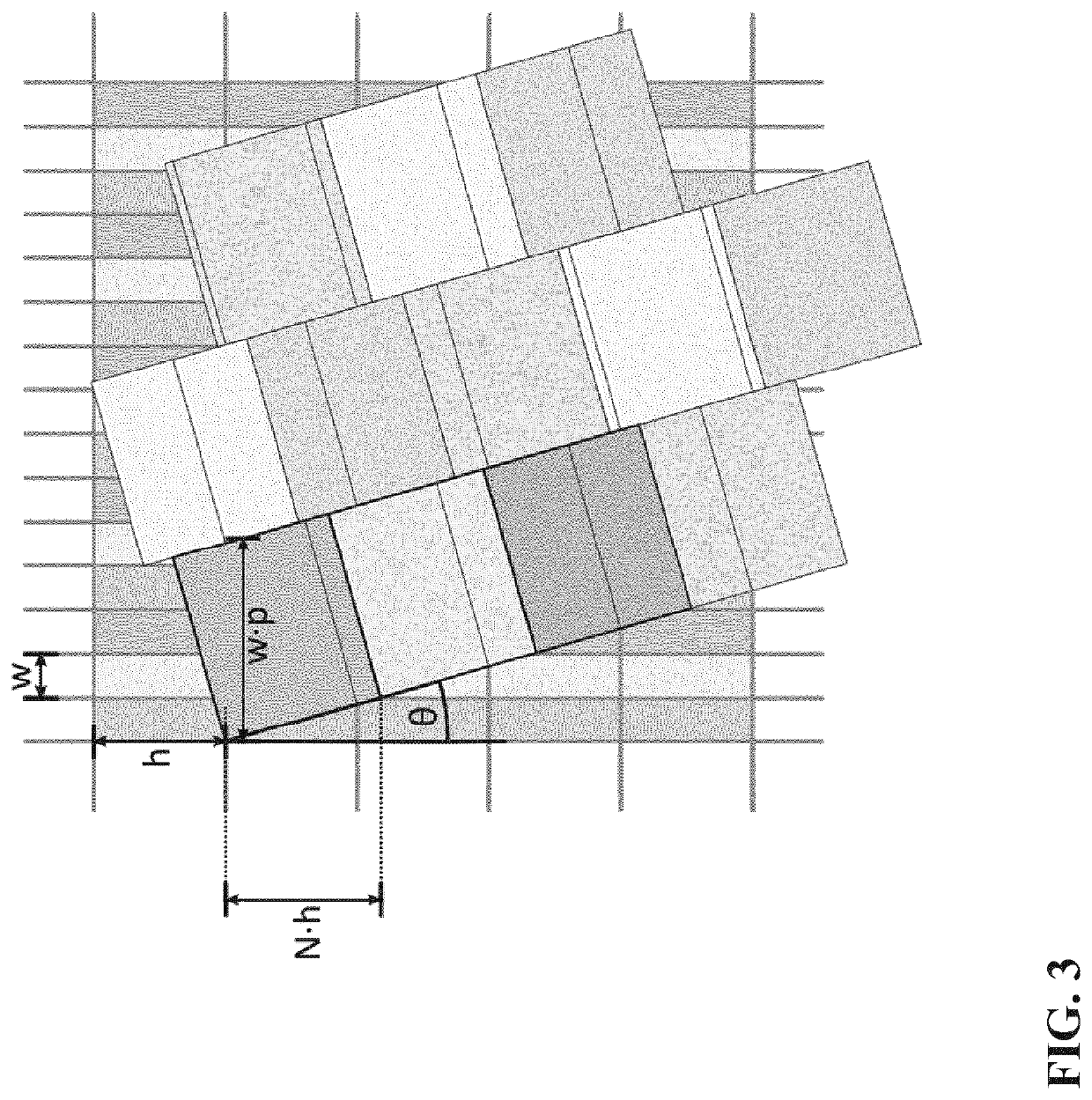Generation of image for an autostereoscopic display
an autostereoscopic display and image technology, applied in the field of autostereoscopic display generation, can solve the problems of increasing image degradation, affecting the performance of autostereoscopic displays, and reducing the dynamic trade-off, so as to improve the dynamic trade-off, improve the performance, and mitigate undesirable effects
- Summary
- Abstract
- Description
- Claims
- Application Information
AI Technical Summary
Benefits of technology
Problems solved by technology
Method used
Image
Examples
Embodiment Construction
[0079]The autostereoscopic display arrangement 501 of FIGS. 5 and 6 comprises a display panel 503. The display arrangement 501 may contain a light source 507, e.g., when the display is an LCD type display, but this is not necessary, e.g., for OLED type displays.
[0080]The display panel 503 comprises a large number of pixels which can be individually driven to provide a given light output. In some embodiments, the light output may be controlled by the display panel 503 modulating (typically attenuating) a light source (such as an LCD panel modulating a backlight (which itself may be variable). In other embodiments, the individual pixel of the display panel 503 may be a light generating and radiating element which itself generates the light.
[0081]A pixel may be any addressable element of the display panel 503 which can be used to vary the light output from the display. As such the term pixel may also refer to light varying or controlling elements that only affect e.g. one color channel...
PUM
 Login to View More
Login to View More Abstract
Description
Claims
Application Information
 Login to View More
Login to View More - R&D
- Intellectual Property
- Life Sciences
- Materials
- Tech Scout
- Unparalleled Data Quality
- Higher Quality Content
- 60% Fewer Hallucinations
Browse by: Latest US Patents, China's latest patents, Technical Efficacy Thesaurus, Application Domain, Technology Topic, Popular Technical Reports.
© 2025 PatSnap. All rights reserved.Legal|Privacy policy|Modern Slavery Act Transparency Statement|Sitemap|About US| Contact US: help@patsnap.com



